Before getting into the topic, first, take a look at the basics of this topic. What are sit-on-top or sit-in kayaks actually? I guess many of you already assumed by its name. That’s right! you picked the right one. But here I am going to repeat this with a view to making everyone understand the comparison “sit on top vs sit in kayak”. Let’s begin!
A sit-on-top kayak is a kayak that has a design like you are on the surface of a vehicle like a car, bus, etc. In a nutshell, the seat is open to the air nothing to hide!
Whereas, a sit-in kayak is a kayak that will allow you to sit inside a tubular space of the kayak. Everything from your waist to leg will go inside. Both types are made for different purposes. One type may be good for fishing while the other is not. So, in this article, we are going to see which one is for what. Stay till the end of the article.
Let’s begin with some of the advantages and disadvantages of both sit-on-top and sit-in kayaks.
Table of Contents
Advantages Of Sit On Top Kayak:
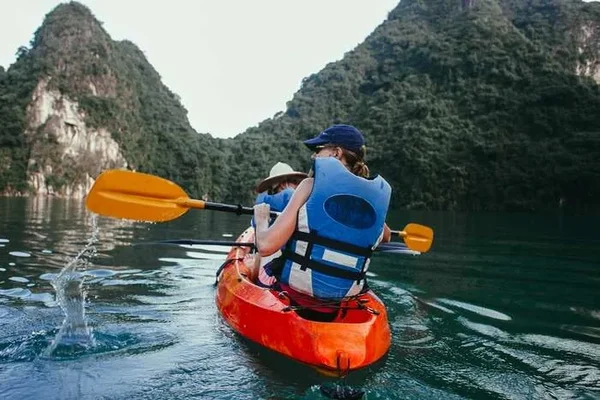
Stability
Stability is good here. Due to having a wider body than a sit-in kayak, a sit-on-top kayak offers greater stability than a narrower kayak, like a sit-in kayak. Hence you can stand on the kayak if you have a little practice before.
Easy to get in and out
Many kayakers love this kayak only for its ease of launching and getting out of it. Its design makes it easy for all age kayakers to easy entry. Also, you can stretch your legs or body after a long time paddling or on water. Its open and wide space lets you do this without any obstacles.
Dry kayaking
In kayaking, there could be a splash of water or sprinkled water that makes you wet. In this case, extra water will not bother you during paddling. Because there are scupper holes in the kayak to quickly remove access water from the seating area. This is one of the reasons why many kayakers chose from the confusion of sit on top vs. sit in kayak.
Comfortable
It is well known for its comfortability. Its wider open space and large storage areas give the kayakers a smooth and enjoyable safe kayaking. Easy to access all the stuff on the water give a long time of kayaking without a need for a break.
Endless customization
Sit on top kayaks have a lot of features that are mainly incorporated for fishing. You can do endless customization to this kayak with what you want for fishing or recreational purposes. By default different models have different accessories added depending on price. But most of them have options for adding extra gear as individual’s requirements. If you want to do only paddling without fishing you can do it easily by removing extra gears from the kayak.
Disadvantages of sit on top kayak
Slower
Due to its wider hull, it has a large area to contact with water. Hence it gets larger obstruction offered by the water. Greater obstruction means lower velocity. So for same distance travel, a sit-on-top kayak requires more energy to propel than a sit-in kayak.
Greater sun exposure
Since sit on top kayak has an open cockpit hence there will be maximum sun exposure on a sunny day. Long time kayaking can affect your body with sun rays.
Heavier weight
A sit-on-top kayak is heavier than a sit-in kayak. Hence carrying a sit-on-top kayak requires two persons many times or needs kayak carts to hit on the water.
Advantages of sit-in kayak
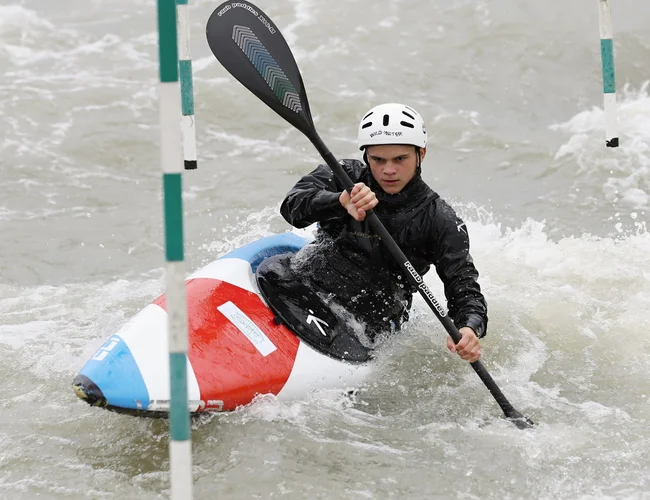
Better Performance
Sit-in kayaks are popular for their performance. You can paddle almost any type of water with high performance. Heavy or high waves, running water, long-distance travel, etc. are possible with this type of kayak.
High Speed
Due to its narrower shape, it can screw through the water easily. Its hydrodynamic hull design is efficient in cutting water to obtain a higher paddling speed. Thus kayakers require less energy to propel which allow them to explore more area on the water.
Stable
In a sit-in kayak, the kayaker sits on the lower surface of the kayak. Hence center of gravity also remains lower. According to fluid dynamics if the center of gravity remains lower than the center of buoyancy or nearer to the center of buoyancy, then the object will be more stable. Hence it is really hard to be tilted. Here a question arises, how about a sit-on-top kayak then? Well, in the sit-on-top kayak the designer kept that in mind. They provided a wider body than a narrow body to obtain that stability.
Disadvantages Of Sit-In Kayak
Painful Entry/Exit
A Sit-in kayak is not as quick to enter or exit as sit on top kayak. It has a close cockpit that requires a bit of time to get in or out. After a long time paddling, you may need to stand or need a free movement of your whole body. In this case, sit-in kayak is not as user-friendly as sit on top kayak.
Can Fill Up With Water
Splashing water is a common event in kayaking. Since a sit-in kayak has no scupper hole like a sit-on-top kayak you will require more time to remove water from the cockpit. It is time-wasting and bothering to many people like me. I personally don’t like to be wetted inside the cockpit.
Bad Access To Gears During Kayaking
If you are planning for a long trip you will need to carry lots of stuff with you. On a long trip, you need to take snacks or a drink on water. For doing that you have to disembark on the bank of the river or lake etc. Which I don’t like to do several times during kayaking for every single access to my necessary gears.
Flipping Can Be Dangerous
Flipping can be dangerous for any beginner. It is difficult to return from a flipping position for a beginner. Not only kayak is responsible for flipping but also lack of your practice. As a beginner, you should not do kayaking on high waves or in running water.
At the very beginning, you should choose calm and flat water for safe kayaking. In there you have to practice how you can overcome this situation. Practice this in the presence of an instructor or an experienced kayaker. I hope this will not a big issue.
Sit On Top Vs Sit In Kayak: Which One Is Better?
Well, it is really tough to answer exactly. Answering this question requires to know the purpose of use. Many people do kayaking for recreation while others for fishing or both. Some of them want to participate in kayak competitions in the future. So in my final thought, I will suggest you assuming some of the criteria as below.
If these criteria do not match your requirements then read carefully all the pros and cons of sit-on-top kayaks and sit-in kayaks. Then decide which one is best for you.
- If you have good knowledge and know better how to kayak and want more performance then a sit-in kayak is the best option.
- If you are new to kayaking and fear a high wave or heavy flow of water sit-on-top will be safer for you kayaking on flat or calm water like a lake, ponds, etc.
- If you think about a long tour and know how to kayak well then a sit-in kayak will make you happy by consuming less of your energy.
- As a silly issue though, if you don’t want extra accessories for carrying the kayak or want to carry it to the water by yourself then a sit-in kayak will be good. Because it is lighter than a sit-on-top kayak.
- If you want to do both things like fishing or touring choose a sit-on-top kayak that is hydrodynamically designed.
- Finally, if you don’t want to take so many breaks to access your gears during kayaking and also want long-distance kayaking then choose a sit-in kayak that has a large and spacious cockpit. A large and spacious cockpit will allow you to keep some of the necessary gear like a camera, drinking water, snacks, etc.
I hope these criteria will help you to select the right kayak for you. In case you feel to learn more about deciding how to choose a kayak from “sit on top vs sit in kayak” debate, you can take a look for more information on that.
Conclusion
Well, it is very difficult to compare apple to apple. Because both are different types, not the same apple actually. That is why it is very difficult to give you the exact answer to this question “sit on top vs sit in kayak: which one is better?”. If any of the criteria mentioned above matched, it would be easy for you to make a decision I think. If not, let me know through commenting and suggest if I miss any of the advantages or disadvantages.
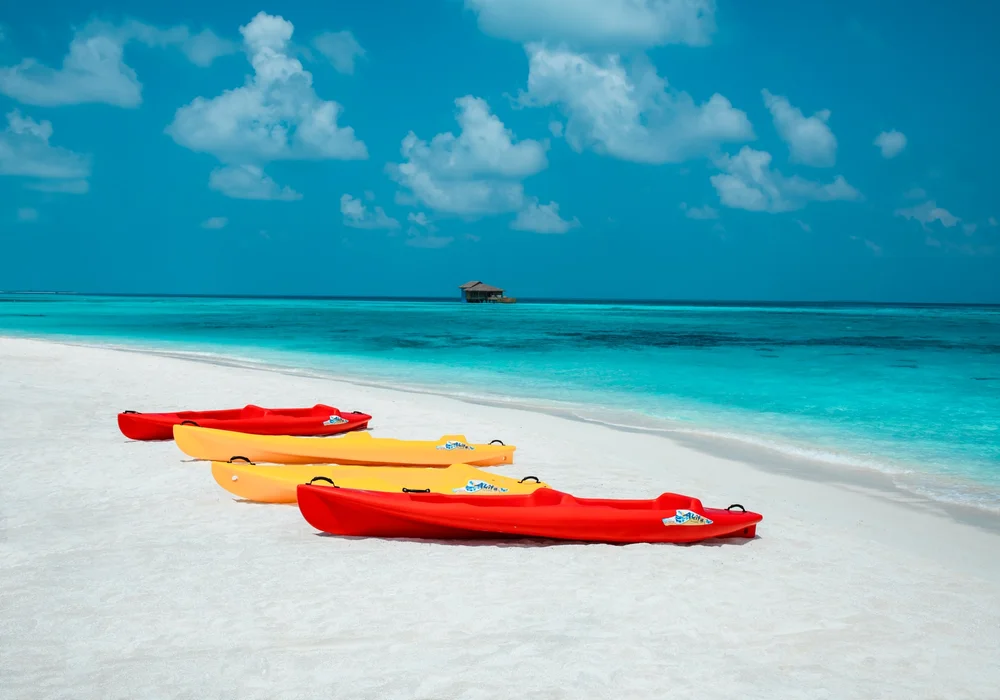
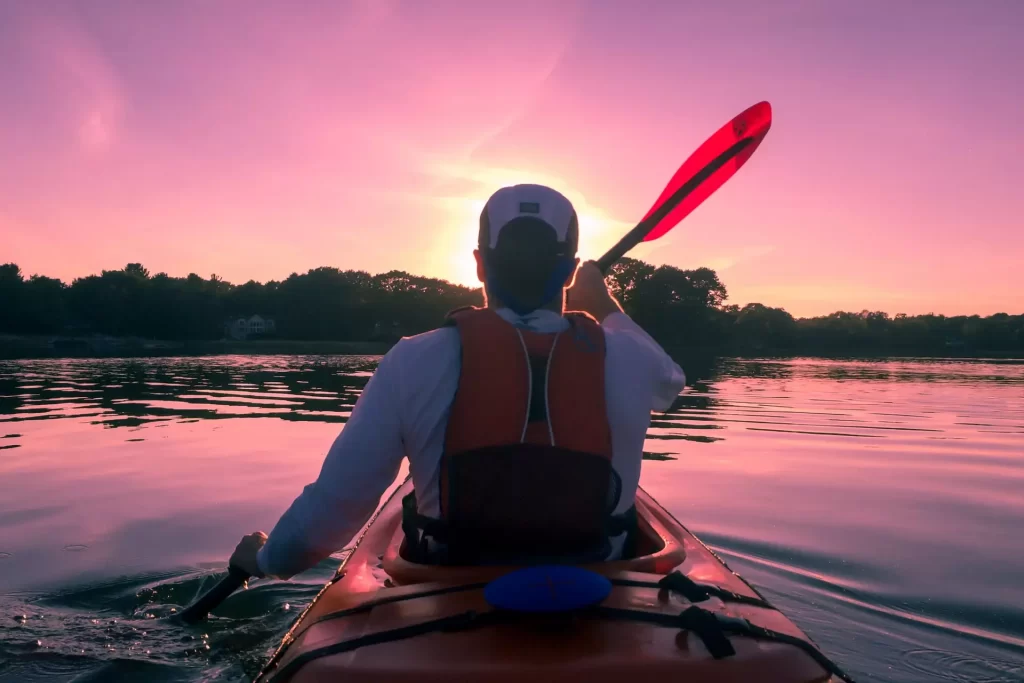
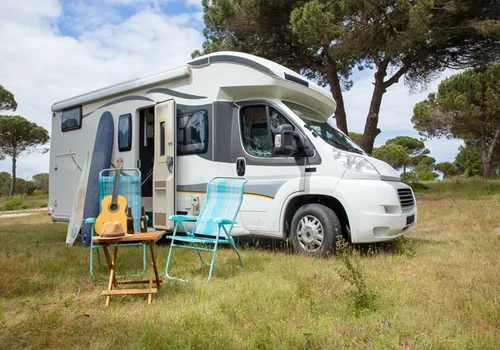
Pingback: Fishing Kayak Setup: Basic and Advance Setup - Safekayaking
Pingback: Burgess Falls Kayaking: All You Need To Know - Safekayaking
Pingback: Inflatable vs hard kayak: which one is the best? - Safekayaking
Pingback: 6 Kayak Fishing Tips Any Angler Should Follow - Safekayaking
Pingback: Kayaking for Beginner: A must-read article! - Safekayaking